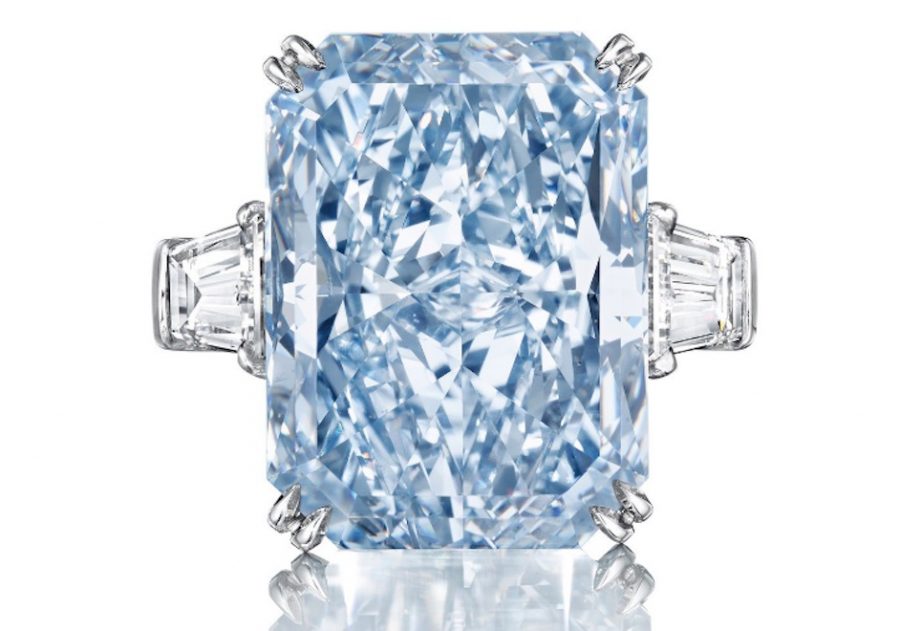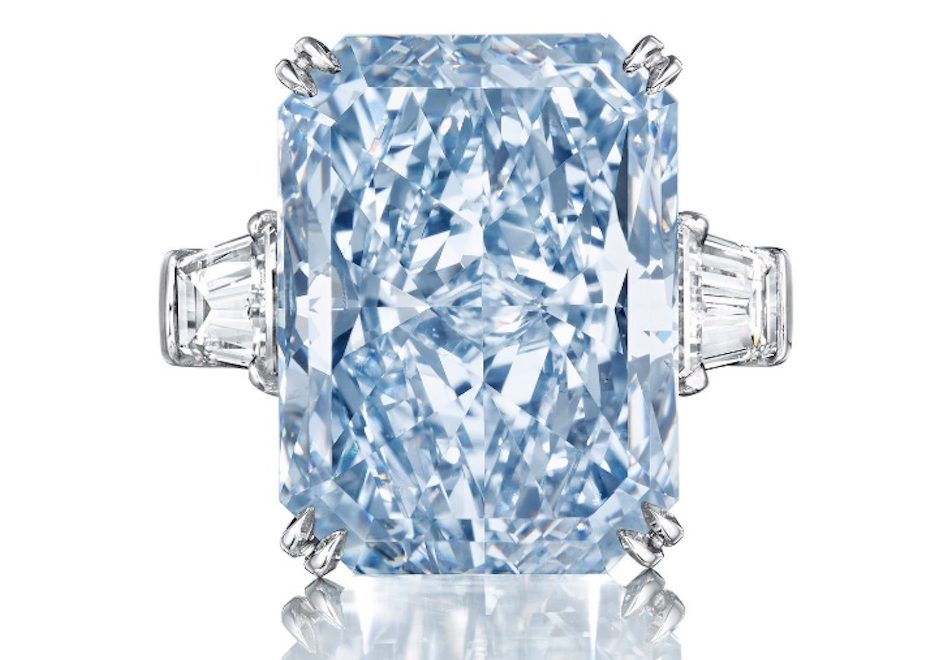
Mystery of Blue Diamonds, As Found in South Africa, Finally Solved
The reason for the beautiful blue in some of the world’s most famous rare diamonds – such as the South African-mined Oppenheimer Blue – has finally been solved. According to scientists – who analysed 46 blue diamonds, including one from South Africa that sold for $25-million in 2016 – these diamonds have had a complex […]

The reason for the beautiful blue in some of the world’s most famous rare diamonds – such as the South African-mined Oppenheimer Blue – has finally been solved.

According to scientists – who analysed 46 blue diamonds, including one from South Africa that sold for $25-million in 2016 – these diamonds have had a complex geological history. Although the diamond is not named – it was probably the Cullinan Dream, which was found at the Cullinan Mine outside Pretoria in 2014, and sold in New York by Christie’s auction house in 2016 for $25,365,000.
These exceptionally scarce and valuable gems were apparently formed at depths of at least 660 km, reaching into a part of the Earth’s interior called the lower mantle.
Tiny mineral fragments trapped inside them provided clues about the birthplace of the diamonds.
Blue diamonds are so rare, they comprise only about 0.02% mined diamonds… but their beauty and value is such that they include some of the world’s most famous jewels, such as the Hope Diamond which originated in India (and was exhibited at the Rand Easter Show in Johannesburg in 1965).

It is now on display at the Smithsonian National Museum of Natural History. The Oppenheimer Blue in 2016 sold for $57.5 million, at the time the highest auction price for any jewel. (At 14.62-carat it’s actually 10 carats smaller than the Cullinan Dream.)
Diamonds are a crystalline form of pure carbon, forming under enormous heat and pressure.
Blue diamonds crystallize alongside water-bearing minerals that long ago were part of the seafloor but were shoved to great depths during the inexorable movement of the immense tectonic plates that shape Earth’s surface, the researchers said.
Scientists already knew these diamonds acquired their blue hue from the element boron. This new study indicated this boron once had been in ocean water and was incorporated into the seafloor rock that over millions of years moved deep underground.
“This is the first time anyone has come up with a fact-based story or model for how blue diamonds form. Prior to this study we had no idea where they form, what kinds of host-rocks they form in, or where they might be getting their boron from,” said Gemological Institute of America research scientist Evan Smith, who led the study published in the journal Nature.
Most diamonds are not completely colourless, often possessing slight yellowish tints. Although rare, some even have prominent hues of, for example, yellow, brown, pink or green. About 99 percent of all diamonds form roughly 90 to 125 miles (150-200 km) underground – far shallower depths than the blue ones.
“These diamonds are among the deepest ever found,” Carnegie Institution for Science geochemist Steven Shirey said of the blue diamonds.
At the time that the Oppenheimer Blue was up for auction, a chairman of Christies pointed out that its owner Sir Philip Oppenheimer, who came from the most powerful diamond family the world has known, was a “very special” diamond connoisseur who could have chosen any diamond he wanted… “but he chose this one, with its perfect hue, impeccable proportions and fabulous rectangular shape.”
He said: “The Oppenheimer Blue can only be described as one of the rarest gems in the world. It is the gem of gems.”
And now we know why.
(Reporting by Will Dunham/Reuters and Jenni Baxter/SAPeople; Editing by Sandra Maler/Reuters and Jenni Baxter/SAPeople)
